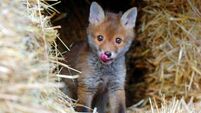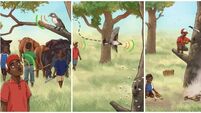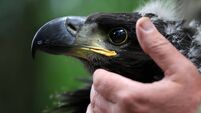Anja Murray: Seek kelp and you might strike gold with mermaids' purses too
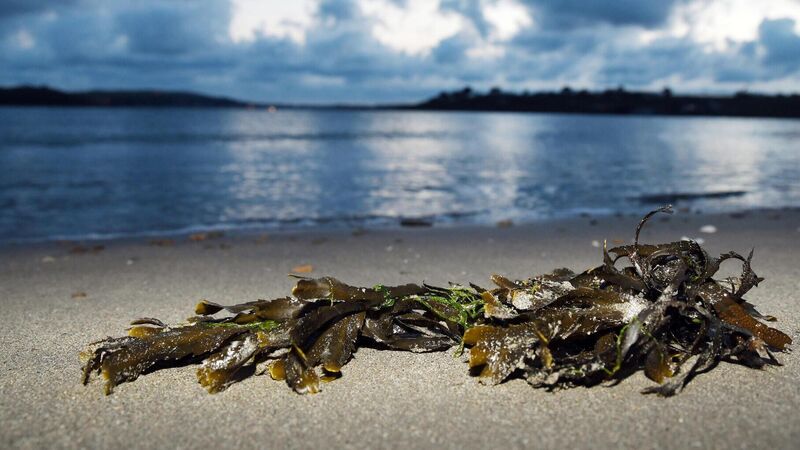
Along the Atlantic seaboard in particular, where the coastline consists of so many rocky bays and indentations, seaweed grows abundantly. Picture Denis Minihane.
Ireland has more than 3,000 kilometres of coastline. All around the rocky nooks and headlands, at the intertidal zone, grow an enormous variety of seaweeds. Each species has its own habitat needs and preferences, and most have a particular level on the tideline where they thrive. It’s hardly surprising that there are more than 500 different species of seaweed growing wild along the Irish coastline.
Since the first humans lived here, seaweed has been part of the Irish diet. It is reported that Cú Chulainn was a fan of eating seaweed! Later, the Brehon Laws, a suite of ancient community rules laid down in writing in the 8th Century, specified the rules and neighbourly etiquette around seaweed harvesting, including fixed penalties for anyone caught taking seaweed from someone else’s plot. Right up to the present day, seaweed harvesting rights along the shoreline are closely guarded. Many houses in coastal locations have seaweed harvesting rights stated in the legal deeds of the house.
Along the Atlantic seaboard in particular, where the coastline consists of so many rocky bays and indentations, seaweed grows abundantly. For aeons, it has been used to add nutrients to soil as well as helping improve the moisture retentive capacity of sandy coastal soils. Building up soil with seaweed makes it possible to grow crops and vegetables in otherwise impossible conditions. Some types of seaweed have also been used traditionally as dyes and as medicine.
In Connemara and Mayo, a species of wrack called Ascophyllum nodosum, also known as egg wrack or feamainn bhuí in Irish, is especially abundant. Several hundred mostly part-time seaweed harvesters cut the wrack by hand and gather it up in bales. Careful management of the harvesting means that each frond regrows. If cut too tight to the base, many seaweeds won’t grow back easily, leaving the seaweed beds depleted. If harvested with knowledge and care, many seaweed species will grow back readily. These bales of seaweed, called ‘climíní’, are towed along the shore to the local processing plant where they are made into seaweed meal, used in turn as a thickening agent in food and as an additive to cosmetics and pharmaceuticals. Harvesting these wild seaweeds has provided important supplementary income in remote locations where work can be hard to come by.
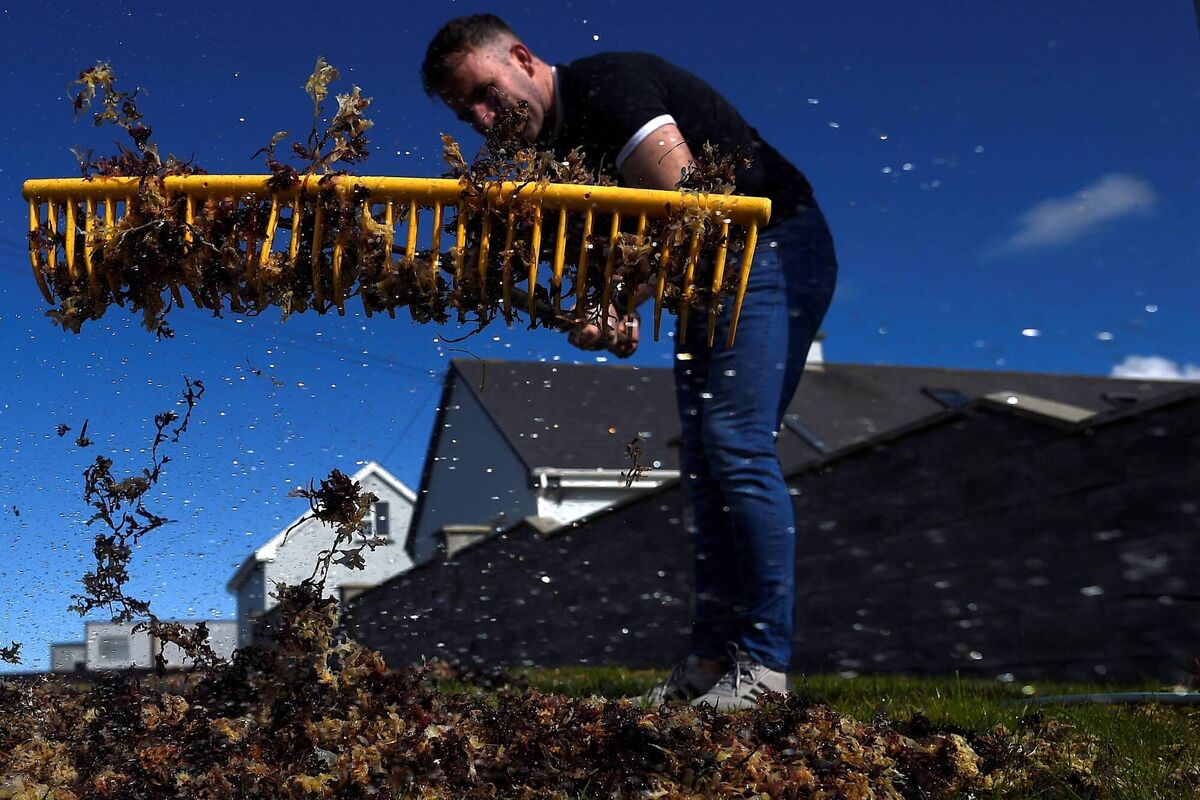
Careful management of harvesting operations is needed, especially as interest in mechanical harvesting of wild grows. Seaweed beds are amazing habitats that sustain marine ecosystems. Kelp ‘forests’, for example, grow in the subtidal zone and in deeper water. Kelp beds provide habitat for a multitude of creatures. Tiny ‘blue rayed limpets’ shimmer among the green fronds of kelp, while crabs and lobsters live on the seafloor beneath.
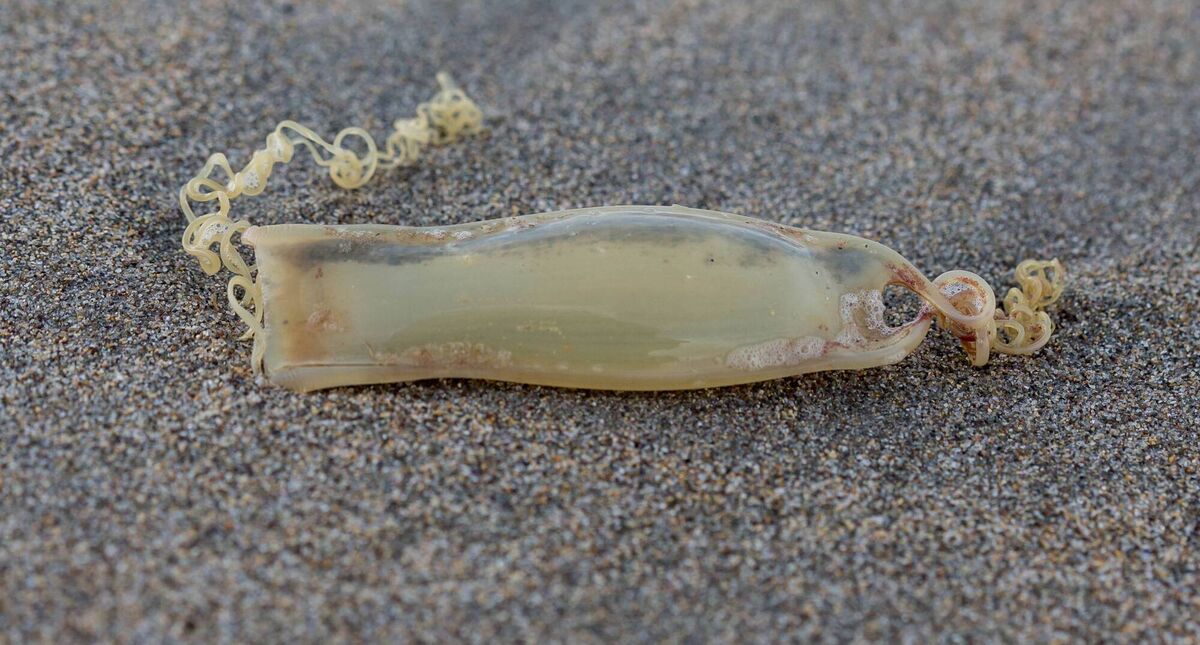
Attached to kelps and other large submerged seaweeds, one can often see ‘mermaids' purses’. These are the egg cases of sharks, skates and rays, in which the embryos of sharks, skates and rays develop before emerging in to the shelter of a bed of seaweed fronds. Kelp forests and seagrass beds are crucial nurseries to lots of other species of fish too, and provide shelter for shoals of young fish from currents and from predators. Healthy fish nurseries are essential for healthy fish populations. When these systems are damaged, huge impacts on marine life far beyond the actual kelp ‘forest’.
In recent years there is a renewed interest in eating seaweeds, marketed as ‘sea vegetables’. ‘Atlantic Wakame’, ‘Sea spaghetti’ and ‘Kombu’ are all popular. Dilisk, also known as dulse, is one of my favourites. It has a lovely rich pinkish red colour and is great for snacking on. My father often talked about what a treat is was to have some dulse to chew on as a child in Belfast in the 1930s.
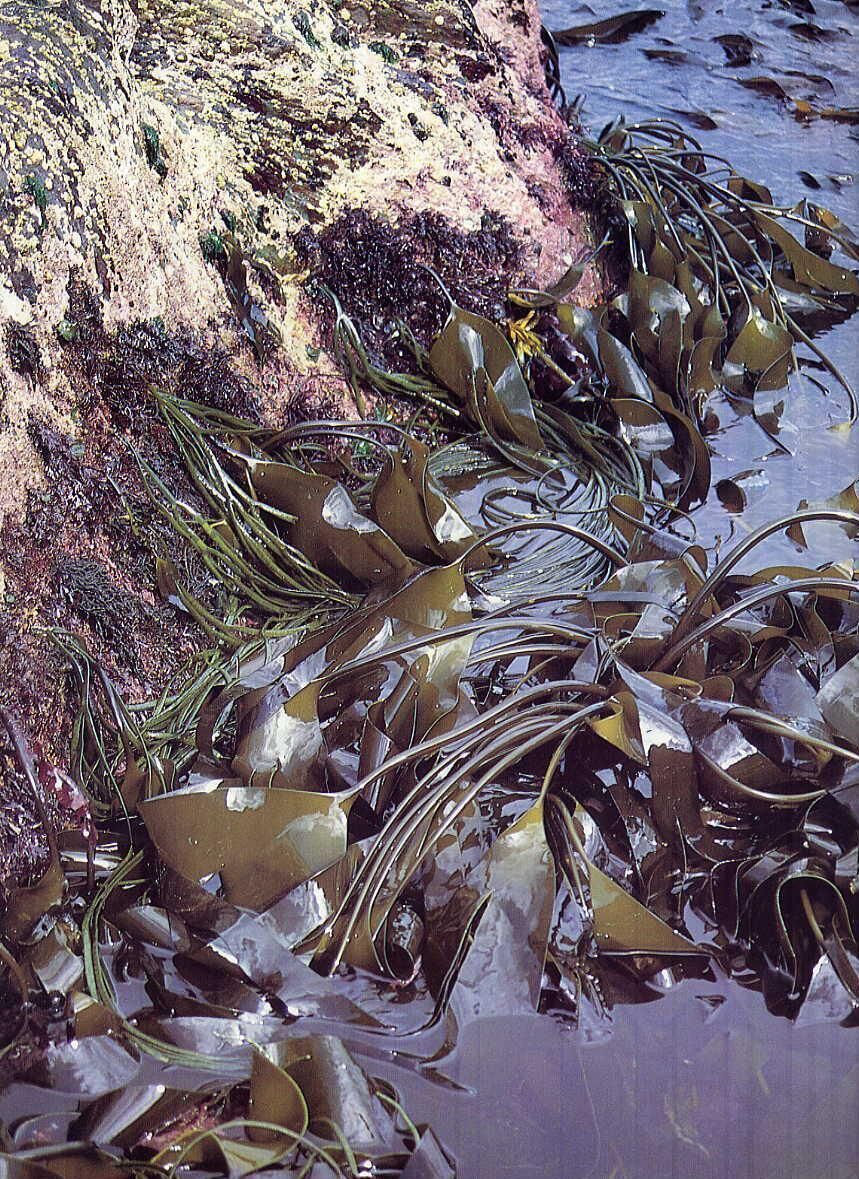
But do watch out if you are keen to try foraging for wild seaweed at low tide — most seaweeds are a little bit slimy because of the mucous layer that covers them. This mucous prevents the seaweed from drying out when exposed. This is what makes seaweed foraging slippy work, so do be extremely careful if you decide to explore some seaweed when out about this summer.
With so much to know about seaweed and its uses, going on a guided seaweed foraging trip is definitely a worthwhile excursion. There is lots to learn, including how to identify the tastiest species and how to harvest just small amounts from each clump with a scissors (never pull seaweed up from the root).
In addition to harvesting of wild seaweed, seaweed farming has many advantages and huge potential in Ireland. Pioneering seaweed farmers are growing kelp and other species on long lines at several places around Ireland, including west Cork, Galway Bay, and on the coast of Counties Clare and Mayo. Seaweed farming produces high-quality food and is carbon natural, and can provide livelihoods in remote locations where jobs can be hard to come by. While it grows, seaweed on long lines can be a positive addition for fish and other marine life. With a market worth millions, there is much to be done in Ireland to encourage and support the floundering seaweed farming sector here.
This summer, if you are taking holidays by the shore, take time to explore some seaweed along the shore. Better still, try snorkelling at high tide to see the range of intertidal habitats and all the creatures that live among them. Snorkelling is one of my favourite things to do on holidays here: watching submerged seaweeds swaying as waves swell in and out. It is a glimpse into an enchanting world that we rarely see. These little explored habitats are beautiful as well as being valuable in a plethora of ways.





